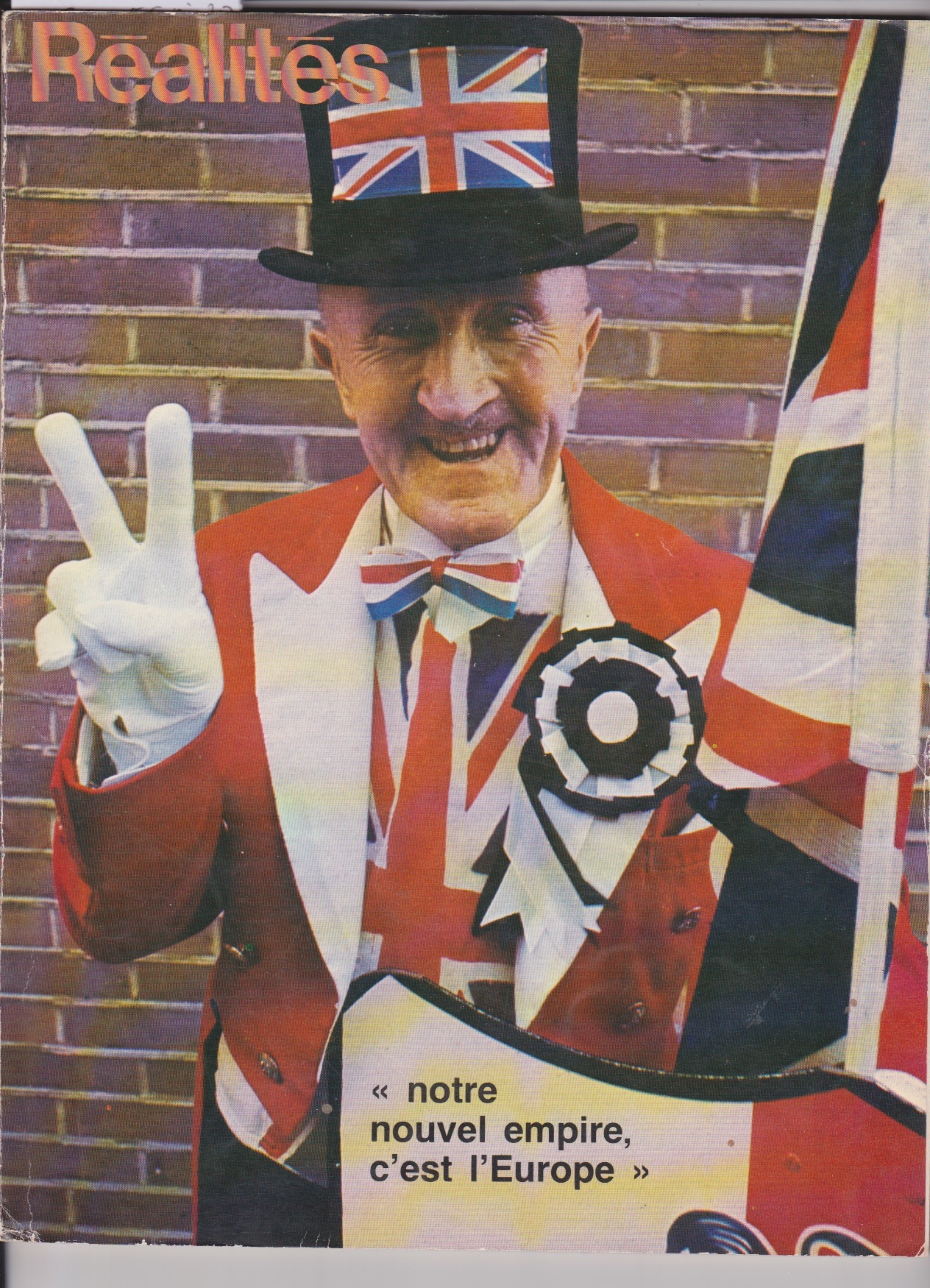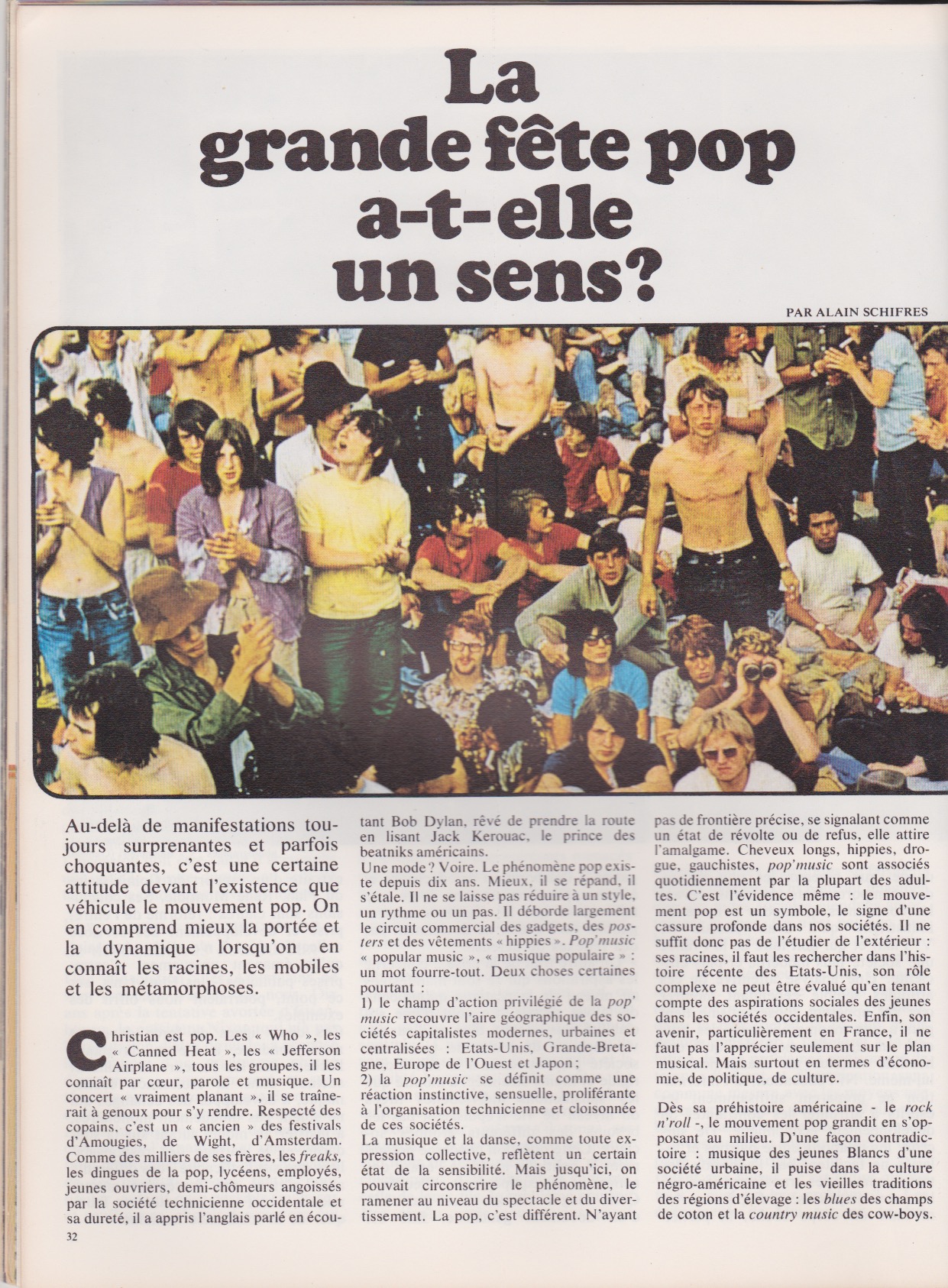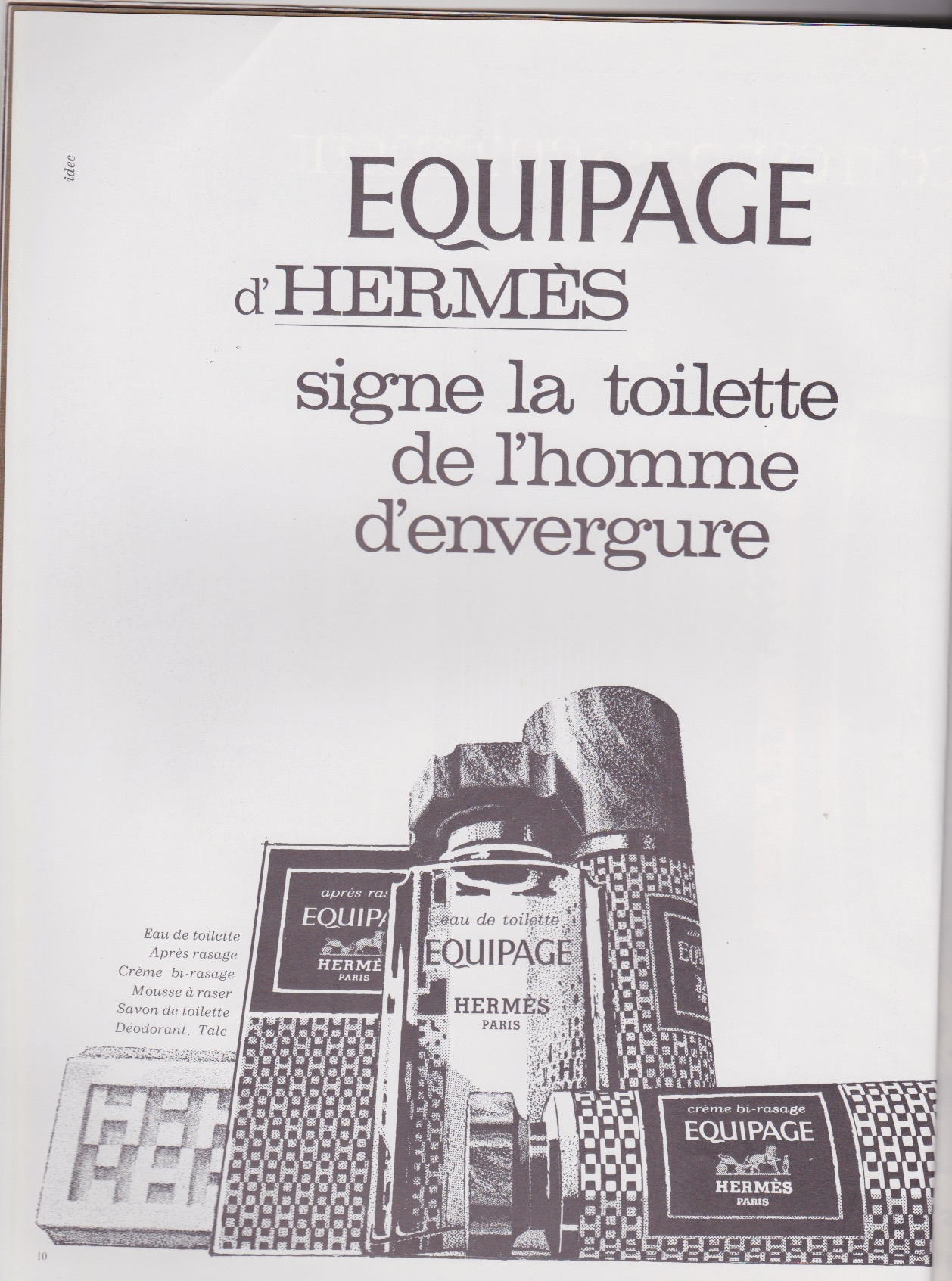Making and curating
Marguerite Perrotte
- In the text Do Artifacts Have Politics, Langdon Winner explains the relationship between humans technologies and their political aspect : “It is no surprise to learn that technical systems of various kinds are deeply interwoven in the conditions of modern politics”. In facts, artifacts have a politic side because they give a certain structure to the world and to humans life which is comparable to laws and constitution. To illustrate his idea, Winner gives us the example of the engineer Robert Moses. Between the years 1920-1970 in New York, Robert Moses designed on purpose bridges that cut Long Island’s highways so the buses couldn’t circulate and carried people from lower classes/racial minority yet the upper classes could use their cars and circulate normally. “Many of his monumental structures of concrete and steel embody a systematic social inequality, a way of engineering relationships among people that, after a time, became just another part of the landscape”.
- The writing “The power of Display: A History of Exhibition Installations at the Museum of Modern Art” by Mary Anne Staniszewski shows new experimentations of display methods and how art can be anticipated in an other way according to the form of the installation. The first director of the MoMa Alfred barr “thought it important to experiment with the installation, he did not completely eliminate traditional, symmetrical conventions of installing pictures according to size and shape. There were, for example, arrangements such as the large Van Gogh Irises placed in between two very small self-portraits and framed by two landscapes nearly identical in size”. Here, Mary Anne Staniszewski asks herself what sorts of viewers do different types of installations creates and how do exhibition designs affect the meanings and receptions of specific objects, images, artifacts and buildings when they are displayed.
- The Mapping International Exhibitions by Ferguson, Greenberg and Nairne is about strategies of projection and about the importance of the location of an exhibition: “ Exhibitions depend upon the rich and various connotative benefits associated with their chosen locations, for sites are always signifiers of stability and history or, conversely, of the exotic, of the new, or even of art itself ”. In this text, exhibitions are compared to a map which means that each exhibitions are universal and possessed their own culture and language. “There is a long history of international exhibitions which encompass three interrelated parts: the promotion of art in support of cultural and national identity; the growing development of commercial world traffic in art; and an expansion of the modernist doctrine in which art is a ‘universal’ language as well as an instrument of exchange. This ‘unconscious’ of modernist art - its own universal beliefs and claims - and the deliberately hierarchic policies of dominant political forces have complicity joined together to anchor an era of cultural politics and political cultures in which modern art often acts as logo for the enterprises of Western governments and capital”.
- Terry Smith, “What is Contemporary Curatorial Thought?” in Thinking Contemporary Curating, New York: Independent Curators International.
This extract is about curating, what it means to be a curator nowadays, the history and the meaning of contemporary art and how artists perceive art: “Place making, world picturing, and connectivity are the most common concerns of artists these days because they are the substance of contemporary being. Increasingly, they override residual distinctions based on style, mode, medium, and ideology.” “The first step is to recognize that the object of contemporary curating is much larger than contemporary art. It must encompass all other art: art from any and every past, current art that is not contemporary, as well as projective, future art”.
- Spaces of experience: art gallery interiors from 1800 to 2000 by Charlotte Klonk, 'The Dilemma of the Modern Art Museum'
This extract is talking about innovations and evolutions of artists and art galleries. For example “Documenta” by Arnold Bode is a modern and contemporary art exhibition taking place in Kassel every five years. It’s about a “short-lived” and “non-repeatable” new experience. Charlotte Klonk explains here that the curator is more and more important in the art world : “a second crucial innovation was the way in which the Documenta moved the presentation of art into the foreground with a series of radical and unexpected display strategies. The Documenta became the forerunner of an exhibition culture in which the curator is the greatest hero of the show.” “The first Documenta opened with work that represented the dominant movements of the early twentieth century: Fauvism, Expressionism, Cubism”.
Readings
Gallery visit
- In Relational Aesthetics, Nicolas Bourriaud tries to renew our approach to contemporary art by staying closer to the work of artists and exposing the principles thats structure their thinking: an aesthetic of the interhuman, the meeting, the proximity, the resistance social formatting.
“The aesthetic theory of judging works of art according to the interhuman relations that they represent, produce or arouse.”
He also shows how the art world has changed through the years and different societies.
-On the 12/10/17 we went to see Geumhyung Jeong's private collection about unperformed objects.
Geumhyung Jeong is from South Korea. She is a choreographer, a dancer and a performer. In this exhibition, she explores the connection between the human body and the objects that surround it. In fact, we could observe different kinds of objects such as plastic mannequins, medical and original objects but also videos showing the power and the sensuality of the woman body connected with technology.
-On the 19/10/17 we went to Stuart Hall Library in Shoreditch.
This library contains a large collection of archives including books, DVD's, CD's, film, video and photographs. We have been able to explore the work of many authors and artists. We worked in groups of 3 and did research on a archive that seemed relevant to present to the class. We spoke about the taboos of sexuality in the 70's and 80's.
-Saatchi Gallery
This exhibition talks about the new generation and the obsession that people have to take selfies.
Indeed, today's society people are using social medias and share all the details of their life.
"The selfie is by far the most expansionist form of visual self-expression, whether you like it or not... The art world cannot really afford to ignore it."
Personal archive
For my archive, I've decided to present a project about the French magazine Réalités. I found this idea when I was in Normandy at my grandparents' house and I found out that they had a huge collection of this newspaper. Réalités started in the 50's and I've always been passionate about the cultural aspect of the past. For example old music, fashion or black and white photographs.
My research question is: What can we learn from an iconic French newspaper from the Glorious Thirty ? (les Trente Glorieuses in French)
For my presentation I've decided to work on 3 parts: the appearance of the magazine, the technologies and the fundamental issues. In fact, I show the contrast between a magazine seen as superficial and the serious side with important articles. In fact, it adresses the fundamental issues happening and to come. I thought it was also interesting to see how was people's mindset and which ideas they had about the world.
I scanned articles and advertisements which seemed to me charismatic to illustrate my project.



Bibliography
-http://esj-lille.fr/scandoc/presseactu/PA196011-Realites.pdf - Jean-Louis Gazignaire
-https://www.mep-fr.org/event/realites/ - Maison européenne de la photographie, ville de Paris - Exposition 16.01.2008-30.03.2008
-http://leroux.andre.free.fr/realite.htm - Réalités, salon de l'automobile - par Anne de Montedard et Michel Guerrin
+ reference in the magazine itself: articles, photographies, advertisements.
Final exhibition
Artist statement
The philosophy of ‘’Timelessness’’ is created around the passion that the three of us share for fashion. Fashion is an escape in our lives, and with ‘’Timelessness’’, we found a way to communicate through the art of photography and fashion. With the use of modern photographs in comparison to 50s fashion and 60s, our fashion sense and the art we want to share is highlighted in the exhibition. Infusing every present photograph with our own style and iconic details from previous eras are what we demonstrate: recycling.
The three of us were inspired by traveling in different cultures. In fact, the trio is mixing perfectly the world’s differences of fashion. Our art collection is handcrafted with both old and new images. Each piece is designed to capture world’s best icons. The work is transforming the exhibition into grand-scale, coming with proofs that “Timelessness” is created around the idea that fashion is immortal. “Fashion is recyclable” is facts. The overall vision is to bring evidence to the phrase. By hanging photographs from the ceiling, old versus new. Planning a personalized show, allowing visitors to explore a range of eight unique photographs, with another eight past iconic ones. We invite you to recognize yourself in our “Timelessness”.
The inspiration of ‘’Timelessness’’ and the idea that Fashion is recycling comes around Audrey Hepburn. Choosing her as a fashion icon demonstrates that her style in the 50s and 60s was so influential that remained until today. Her powerful style is elegant, and at the same time fashionable, following the era’s trends. The oval sunglasses, the scarfs, the cropped pants, high waist skirts, blue jeans, checked prints and the rule number one: all black everything. Audrey remains one of the most recognizable style representatives in the fashion history and she is perfectly describing the type of stylish women of the era and explaining what Timelessness really is.
Similar artworks have been done by many artists one of them was the photographer Irina Werning. She recreated old photos of children in young age as adults now with the same pose, place, items and similar clothing. She created an online exhibition called ‘’Back to The Future’’.
Art work description
Timelessness will show an extraordinary collection of memorable pieces that represent iconic looks from the past mixed with nowadays trends.
This is not just about the trio's sharing the same passion for fashion, but about the real sense of it: fashion is immortal.
Based on the idea of recycling, old times found the way to come alive to the present, as it is obviously in our everyday outfits. Even if it’s not remarkable in the first touch, keep your eyes on details.
This exhibition will bring alongside history, the parallel of the 50’s and 60’s to nowadays, inviting our guests to think about how fashion evolved through the years.
Personal clothing of the group was used to recreate 8 separate photographs of personalities that marked their own place in the fashion industry, one of them being Audrey Hepburn, a representative of style and elegance.
The artwork will be presented as 8 old portraits and 8 new ones, each of them being well presented on an A2 board and hanged from the ceiling.
As an overall, “Timelessness” is calling not just every fashionable person but everyone who wants to know from which era their clothes and trends are from.
As an enjoyable experience to watch and understand art, this exhibition was made for a large audience, as an answer to the question: Is fashion always coming back?
Reflection
For this project, I and my group needed to create an exhibition based on the archive that we studied during the first term. My archive was the French newspaper Réalités and its history. I focused on the 50’s, 60’s and 70’s and showed the appearance of the magazine with various fashion advertisements, the automobile industry or new technologies.
From this archive, I had the idea to recreate something: using old advertisements and create the same ones with items from nowadays. The idea was to compare fashion and trends of the 50’s and 60’s with clothes, objects or computers with new advertisements and see what we kept and what we are not using anymore.
Yiola, Mihaela and me decided to work together on this idea because our archive had a lot in common and we all shared the same passion for fashion and photography. Yiola worked on the fashion from the 50’s and Mihaela worked on the brand Balenciaga.
I found the title “Timelessness” to represent our exhibition and I thought that this title was perfectly fitting the project. In fact, we realized that fashion was recyclable and chose to recreate fashion advertisements from the 50’s.
To build our work we booked the studio of the university 4 times and learned how to create a space with the right lights, the colours of the background or the use of a professional camera. I found this experience very challenging and interesting as we could use good materials and work in a good atmosphere. We were also the models of our project and needed to find every week in our clothes items that people were wearing in the 50’s and items representing our society today.
We selected all the pictures and I had to do the marks and bleeds work for the all the pictures to be print and trim correctly. We decided to choose the format A2 as we wanted the photos big enough for everyone to see our recreation.
To conclude, this Making and Curating project helped me to open myself to art and realized that there were no rules in the creation of an exhibition. If you have a passion for something you will find a way to share it.
Documentation of the work
Francoise Hardy,(1965) http://banditblog.com/francoise-hardy/
Francoise Hardy,(1965) http://banditblog.com/francoise-hardy/
Audrey Hepburn - How To Steal a Million (1966) http://hollywoodlady.tumblr.com/post/35861292412/audrey-hepburn-how-to-steal-a-million-1966
Vikki Dougan photographed by Earl Leaf, (1956) http://theblacknurse.tumblr.com/post/150310819907/vintagefashionandbeauty-vikki-dougan
Vogue, September (1966) http://vintagebinger.com/post/52758494593/a-raincoat-by-yves-saint-laurent-why-yes-please
Lady in a checked coat (1956), https://www.pinterest.co.uk/search/pins/?q=fashion%2060s%20coat%20checked&rs=typed&term_meta[]=fashion%7Ctyped&term_meta[]=60s%7Ctyped&term_meta[]=coat%7Ctyped&term_meta[]=checked%7Ctyped
1960 girl, https://www.pinterest.co.uk/search/pins/?q=BLACK%20AND%20WHITE%20PHOTO%20CHECKED%20TROUSERS%201960&rs=typed&term_meta[]=BLACK%20AND%20WHITE%20PHOTO%20CHECKED%20TROUSERS%201960%7Ctyped
Audrey Hepburn in Roman Holiday (1953) https://www.karenmabon.com/blogs/news/how-to-wear-a-scarf-like-an-icon
Images from the final exhibition